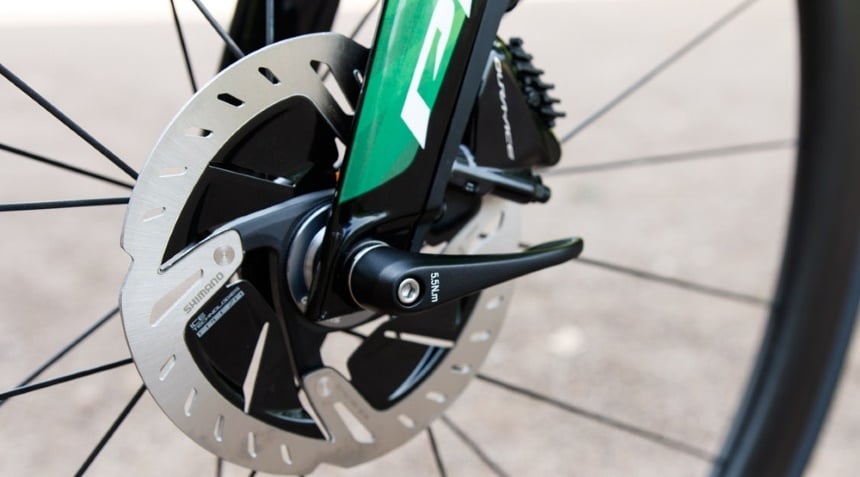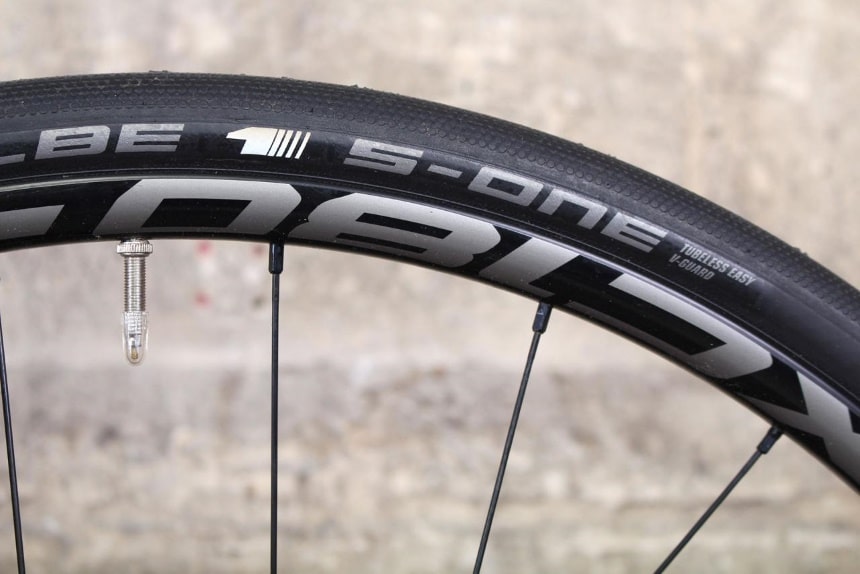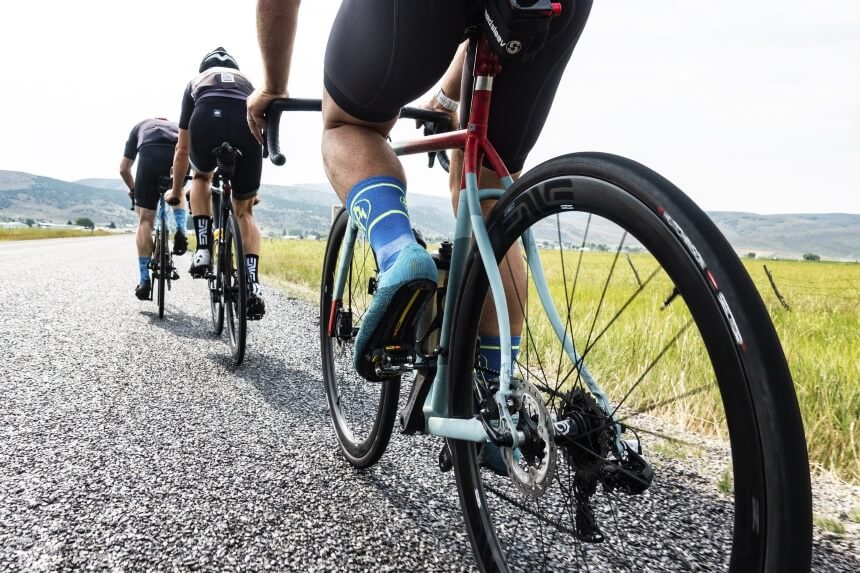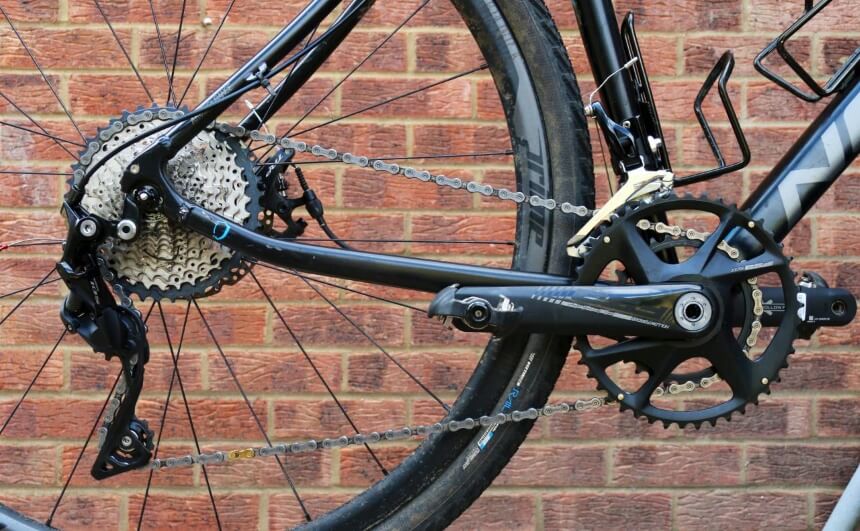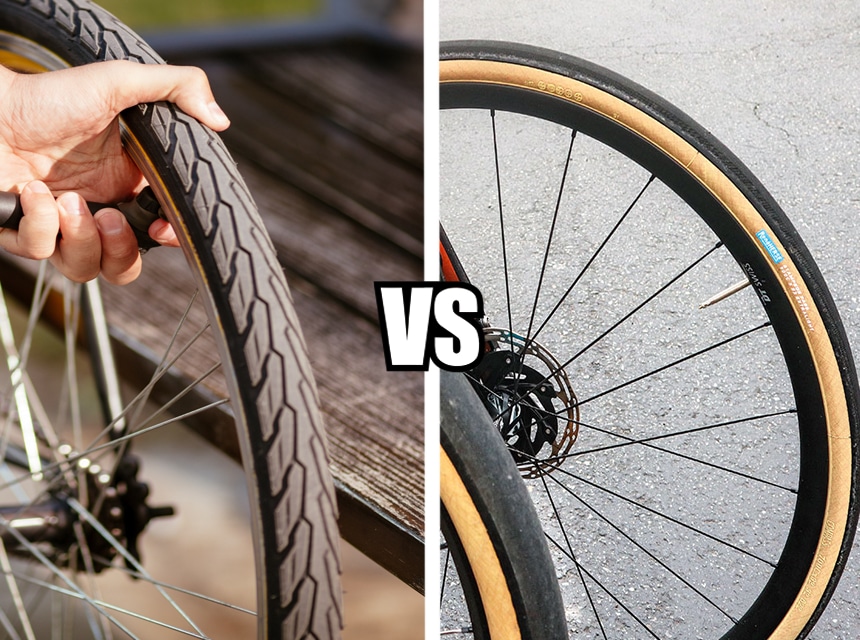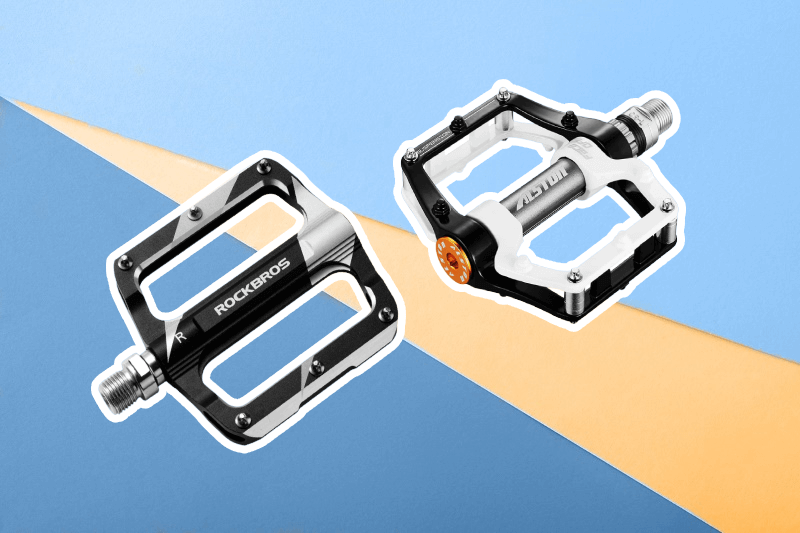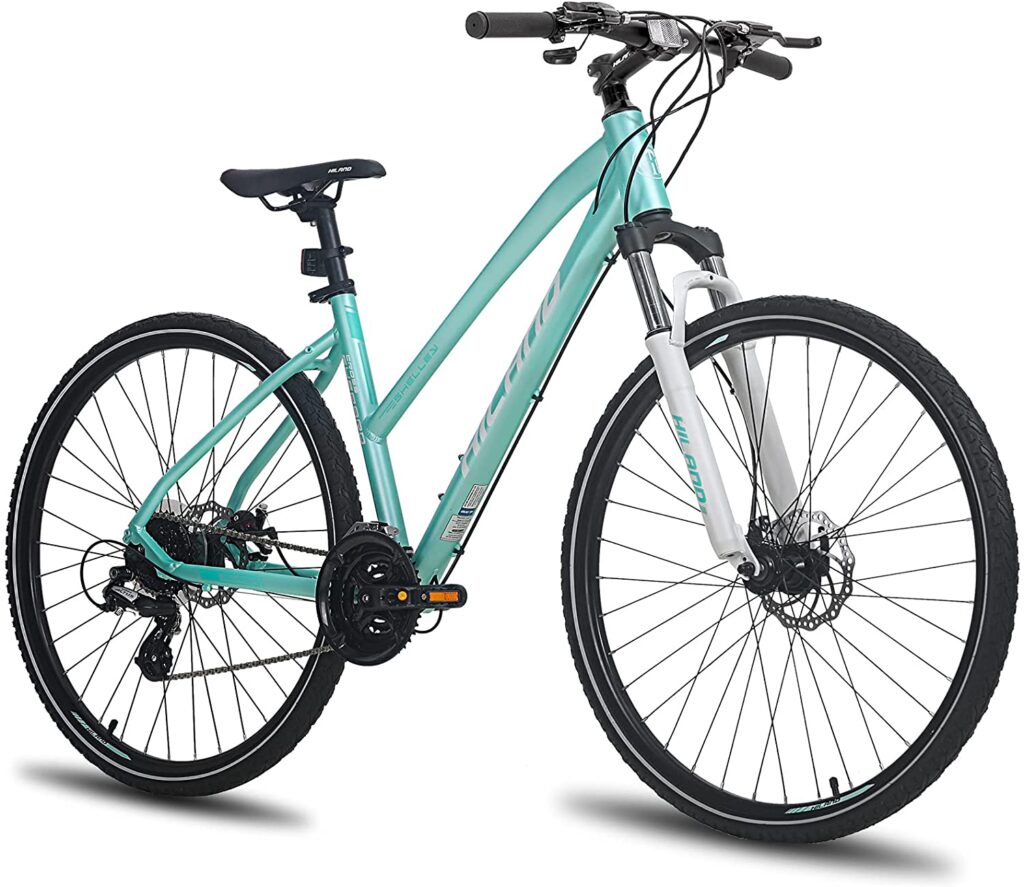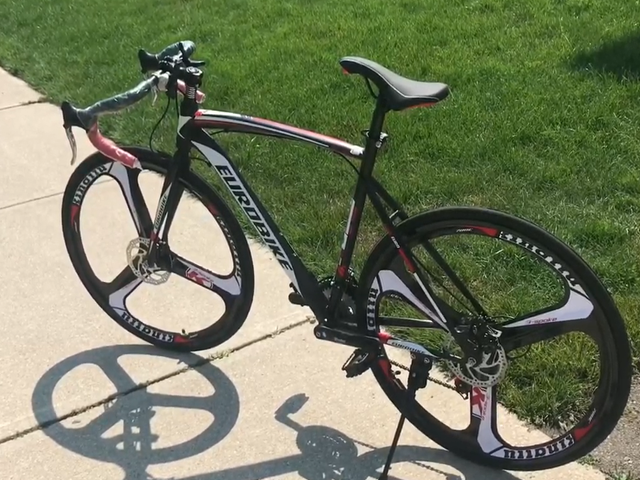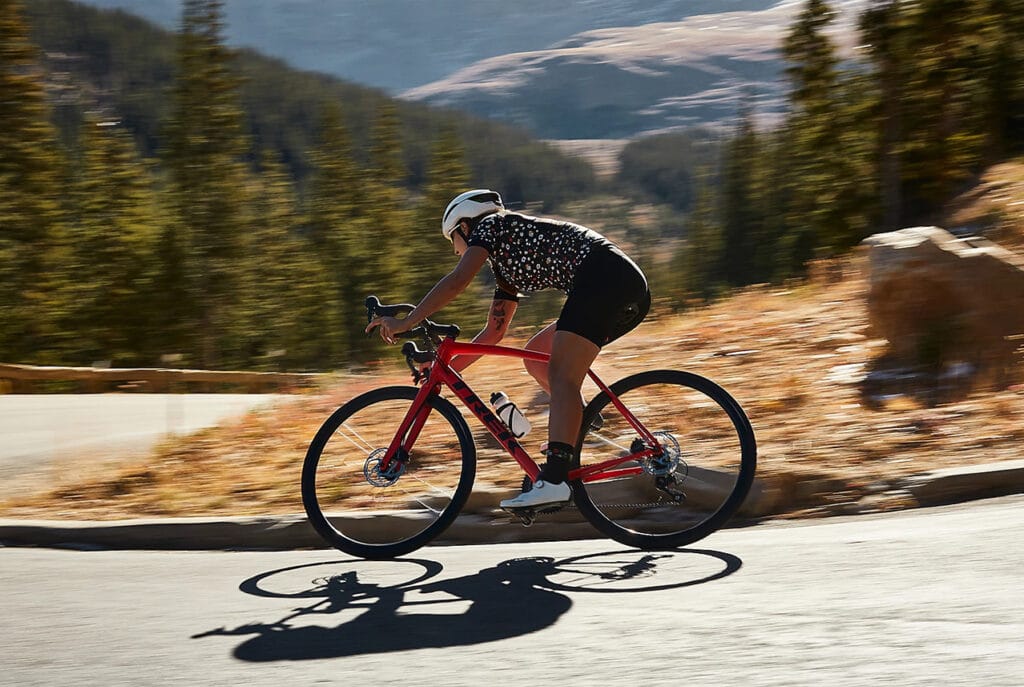- Trails
-
Bikes
-
Gear
-
Tips & Tricks
-
About us



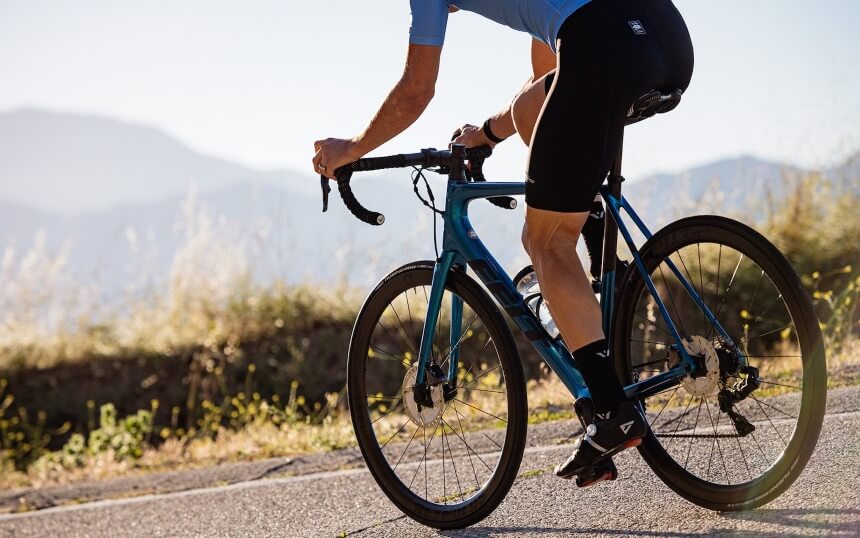 As the name implies, road bikes are bicycles designed to reach their max speed on paved roads. These bikes are very agile and rely on the bike’s aerodynamics, which plays a massive role in how fast it can go.
As the name implies, road bikes are bicycles designed to reach their max speed on paved roads. These bikes are very agile and rely on the bike’s aerodynamics, which plays a massive role in how fast it can go.